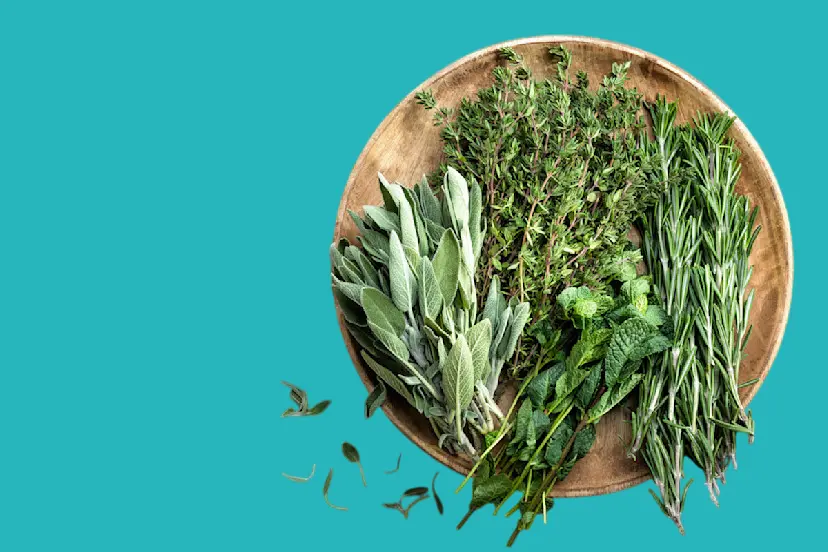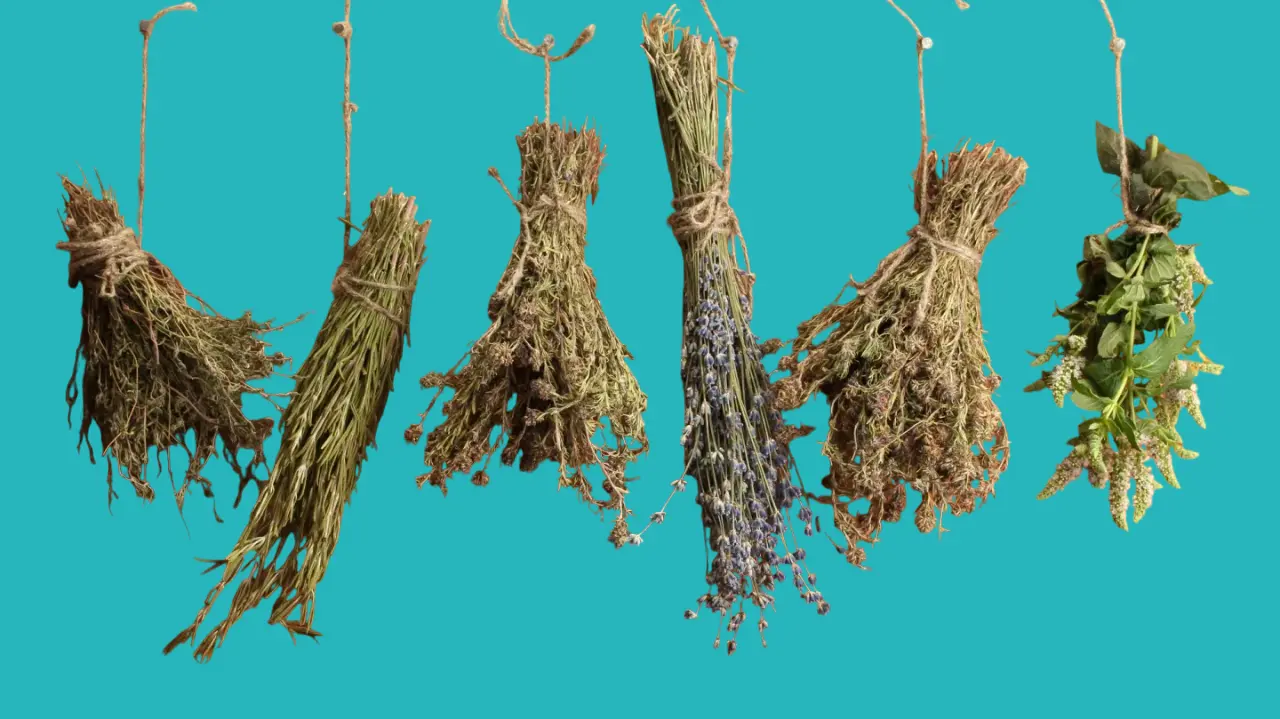Fresh and dried herbs are essential ingredients in cooking and medicine, due to their distinctive flavors and numerous health benefits. Their properties and uses vary depending on the preparation method, giving each herb a unique role in cooking and medicine.
The Difference in Vitamin Concentration Between Fresh and Dried Herbs

Although both types offer nutritional benefits, the preparation method affects their nutrient concentration.
- Dried herbs contain a higher concentration of some vitamins and minerals per gram due to water loss.
- Fresh herbs retain vitamin C and heat-sensitive volatile compounds that are lost during drying.
Fresh and Dried Herbs in Antioxidants
The drying method may affect the antioxidant levels in herbs.
- Some dried herbs, such as thyme and rosemary, retain high levels of antioxidants.
- Fresh herbs, such as basil and parsley, contain beneficial compounds that are affected by heat and drying.
- Prolonged storage of dried herbs may lead to a decline in their antioxidant value.
Difference in Shelf Life and Storage
The significant difference in shelf life between the two types affects their use and nutritional quality, as:
- Dried herbs last for several months or even years if stored properly.
- Fresh herbs need to be consumed quickly within days to avoid wilting and vitamin loss.
- Poor storage of both types leads to a gradual loss of nutritional value.
Differences in the nutritional value of herbs after cooking
Each type reacts differently to heat and oils during cooking, as:
- Dried herbs tolerate heat better and are usually added at the beginning of cooking to gradually release their flavor.
- Fresh herbs are often added at the end of cooking to preserve their flavor, so prolonged cooking reduces some nutrients.
Drying Methods and Their Effect on Value

Not all drying methods are equal in terms of nutrient preservation, as:
- Cold air drying or freezing preserves more vitamins than heat drying.
- Fast industrial drying may result in the loss of some essential oils and active compounds.
- Home drying can be a good option if done correctly.
Ideal Uses for Each Type
Choosing the right type contributes to improving nutritional and culinary benefits, as:
- Fresh herbs are suitable for fresh recipes, salads, and healthy drinks.
- Dried herbs are used in long-cooked soups and stews.
- Some recipes benefit from combining both types to enhance flavor and benefit.
The Effect of Storage on Quality
Proper storage is essential to maintain the nutritional value of both types, as:
- Dried herbs should be stored in airtight containers in a dark, dry place.
- Fresh herbs should be stored in the refrigerator while maintaining moisture to avoid wilting.
- Gradual loss of vitamins occurs over time, especially in fresh herbs.
Fiber and Active Ingredient Content
The concentration of fiber and plant compounds may differ between fresh and dried herbs.
- Dried herbs contain more fiber by weight due to water loss.
- Fresh herbs are rich in volatile substances and active compounds, which may decrease during drying.
- The effects of active ingredients, such as essential oils, differ between the two types.
Article Summary
The difference between fresh and dried herbs is not limited to flavor, but also extends to their nutritional value and various uses. Fresh herbs are often richer in essential vitamins, while dried herbs are more concentrated in certain compounds.
Each type has its own nutritional and usage characteristics, and choosing the best one depends on the context and recipe to achieve maximum health benefits.